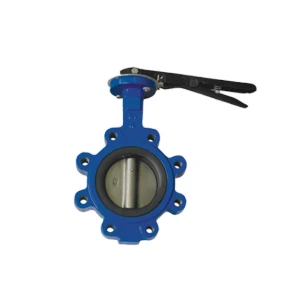Feb . 16, 2025 16:13
Ball flanged valves are integral components in a variety of industrial applications, providing control over the flow of liquids and gases. With their reliability and precision, they are crucial for systems requiring minimal leakage and easy operation. In an era where efficiency and safety are paramount, understanding the intricacies of these valves can significantly enhance system performance and longevity.

Ball flanged valves offer numerous advantages over other types of valves. Their primary feature is a sphere with a hole through the middle, allowing flow when aligned with the pipeline and stopping flow when rotated 90 degrees. This simple yet effective mechanism ensures a high degree of reliability, reducing maintenance needs and providing durable service life.
A major benefit of using ball flanged valves is their ability to offer tight sealing with minimal torque. Thanks to their compact design and efficient operation, they’re perfect for quick shut-off applications. Industries such as oil and gas, chemical processing, water treatment, and pharmaceuticals often rely on them due to their robustness and reliability under demanding conditions.

From an engineering perspective, the construction of ball flanged valves demands precise manufacturing techniques. The valve body is typically made from robust materials such as stainless steel, carbon steel, or alloys that withstand high pressure and corrosive environments. This construction ensures that systems remain operational over extended periods, even in harsh industrial settings.
The flange design of these valves provides a convenient means of connecting to existing pipelines, with flanges offering secure attachment through bolting. This design feature not only aids in installation but also enhances the valve’s structural integrity, allowing it to handle higher pressures and providing a leak-proof seal. The versatility of flanged connections also allows for easy removal and maintenance, an essential factor in systems that require frequent inspections or component replacements.
Technological advancements have further enhanced the functionality of ball flanged valves. Innovations such as electric or pneumatic actuators have introduced automation into valve operations, allowing remote control and real-time monitoring. Such features are invaluable in modern industrial setups, where quick responses to system changes are necessary for maintaining operational efficiency.
ball flanged valve
Selecting the correct ball flanged valve for a particular application involves several considerations. Engineers must evaluate factors such as pressure ratings, temperature ranges, and material compatibility to ensure optimal performance. Valves must also conform to industry standards and certifications, which guarantee that they meet safety and performance criteria.
The expertise in choosing the right valve cannot be overstated. Utilizing specialist knowledge ensures that the valve not only fits the current system parameters but also anticipates future needs. Engaging with reputable manufacturers and suppliers who have a proven track record in producing high-quality valves can significantly reduce the risk of operational failures.
From a user's perspective, the experience is key to integrating systems seamlessly. System operators must be trained to understand the operational nuances of ball flanged valves. This involves knowing how to perform routine checks and maintenance to prolong the valve’s lifespan and maintain safety standards.
Trustworthiness in ball flanged valves stems from adherence to stringent quality control measures. Manufacturers regularly conduct rigorous testing to ensure that valves can withstand the pressures of real-world applications. This commitment to quality instills confidence in users, knowing they can rely on these valves to function accurately and efficiently.
Incorporating ball flanged valves into your industrial systems can dramatically improve operational efficiency and safety when done right. Ultimately, the key lies in combining technical expertise with quality assurance, thus ensuring that these essential components continue to deliver reliable performance across various applications.


 Call us on:
+86-311-86935302
+86-311-86935302
Call us on:
+86-311-86935302
+86-311-86935302
 Email Us:
info@thriveonvalve.com
Email Us:
info@thriveonvalve.com South of Huanmadian Village Town, Ningjin County, Xingtai, Hebei Province, China
South of Huanmadian Village Town, Ningjin County, Xingtai, Hebei Province, China